Since the start of the legalization of cannabis a few years ago, it paved the way to the introduction of new products by manufacturing and processing cannabis to make it more marketable. People can now enjoy cannabis through concentrates and oils.
The legalization undoubtedly is the best thing that happened to cannabis, but many people forgot the OG of all concentrates and oils—the hash. The most popular type is the Afghan hash.
So, what is Afghan hash? Hash in particular is a potent cannabis concentrate that contains high amounts of THC. This kind of process of manufacturing cannabis already exists way back and has been a tradition in Asia, particularly in Afghanistan.
How do they make a hash?
Hash is manufactured to a solid resin that is consumed through ingestion or smoking. Hash went through a lot of changes recently, but it remains very popular today, thanks to the growing popularity of vaping and dabbing which are the two different methods of smoking cannabis.
Currently, the market for the hash is growing ten folds. It has an estimated market worth around 4-billion USD two years ago, and it is projected to grow to $14-billion five years from now.
Hash remains one of the most popular cannabis products that should not be undermined if you are a stoner because there will be a time that your cannabis consumption grows, you will soon realize that you will grow fond of consuming it.
In this post, let us talk about the popularity, the history, and the changes that hash went through. But first, let us take a peek at what exactly a hash is, its origins, and how it is manufactured and processed even before it was commercialized globally.
Why is it called hash?
Hash is short for “hashish” which means weed that’s been translated in various terms and languages that came up with this word. Hash can be used as another term for “kief” or the sifted cannabis granules that’s been crystallized and ground to use as ingredients in various cannabis manufactured products.
Hash, meanwhile, can either be a concentrate or oil made from cannabis extract which contains high levels of THC. Based on appearance, a hash is usually brownish or yellowish generally, while it can be reddish or sometimes have a maroon color depending on the type of cannabis strain used in making it. Its texture can be soft and can be crumbly while some are hard.
Today’s hash that is commercialized is different from what hash was years ago especially in the Afghan region. Now, you can enjoy different varieties with different THC levels with some reaching up to a hundred percent THC.
How does hash earn its popularity?
Hash is one of the highly-consumed cannabis products in the United States and Canada. Hash is so popular in these regions because most consumers use cannabis for recreation. The higher the THC level of the cannabis product, the more it is popular.
Hash is now manufactured using various chemicals to further extract a higher THC level. One of the processes is putting the cannabis plant in a machine where it is heated at a specific temperature to extract the THC and then collected. The process is delicately heated inside a vacuum chamber for the evaporation process. The only remaining substance left in this process is the ultra-potent THC that is formed into a concentrate that is made into hash. Usually, the THC level is around 80 to 90 percent. This is almost ten times more potent than a regular cannabis joint.
This product is very popular among Americans and Canadians since they can enjoy the ultra-potent THC level in hash despite its low supply.
The Americans even made their hash which is has a different texture, color, and high. The American version of hash is known to be runny, has a lighter color, and it is completely different from the traditional Afghan and Lebanese hash which is darker, flavorful, and aromatic, and has a stiffer texture.
What is the downside of this new-era of hash?
Despite the popularity of these new-era hash in the United States and Canada, there are also a lot of consumers that are turning their backs to these products because of the availability of the resources to make their own at home where they can incorporate the traditional or the old ways of making hash. Traditional making of hash uses a lot of collected kief from the harvested and cured buds.
For a lot of consumers, this gives them the very authentic experience of smoking a hash that still retained its potency and other qualities.
There are notable changes in the demand and supply of these new-era hash in the US and Canada because more and more people are getting more aware of the opportunity to make their hash through DIY methods that are fun and affordable.
However, the decreasing demand for these new-era hash did not affect the authentic variety which is still available and highly popular on the market. These authentic varieties of the traditional hash are usually the Afghan hash, the Lebanese Gold, the Afghan Black, and many more.
Because of its growing popularity, Canada, in particular, has been more cautious about the hash that is why the law that surrounds it has a very cautious approach based on its law of cannabis legalization.
What is the historical background of hash?
Hash is traditionally used for both medicine and recreation way back centuries ago in Asia and the Middle East. It remains very popular today especially for recreational cannabis consumers because of its potency compared to a regular cannabis plant.
To add more, it has paved the way to introduce newer versions of hash concentrates or oils due to the further advancement of cannabis manufacturing such as vapes and dabs. These products are very popular and always in demand.
There are cannabis historians that want to create awareness about the humble and rich historical background of hash with the hopes that people will not forget about it.
What is the Afghan Hash?
Afghan hash is usually made from Indica strains which are stubby and bushy plants. Hash or hashish in Afghanistan has a dark color and has a shiny appearance while the process of collecting resin is similar to other parts of Asia that manufacture hash traditionally. They use mesh cloths that have different pore sizes for sieving the powdered resin which is then graded for its quality. Once the resin has been sifted properly and graded, the powdered resin is then shelved until it is ready for the process of making hash.
It has a spicy and earthy flavor and aroma. It can be too much for your throat and can induce coughing especially for newbies in cannabis smoking. It has a very potent type of high that is stony. Its high starts to kick in about five minutes after a few hits. It contains up to 6.5% THC depending on the Indica strain used.
The Afghan region is renowned by its neighboring countries in South Asia and the Middle East for having the highest-quality hash. The region near the Uzbek border has also been told to be the best source of Afghan hash. In the 1970s, after the Vietnam War, cannabis is the number one substance consumed in the United States illegally.
The US government-funded the Afghan government to eliminate all the farms and production sites of cannabis including opium poppy that is manufactured into cocaine. The US government’s effort to eradicate cannabis in Afghanistan turned out effective after it disrupted the production of weed that badly affected the supply both domestic and international. However, this did not stop Afghan cannabis farmers from planting and producing hash. Afghan weed farmers continued their tradition despite the crackdown and the Soviet-Afghan War in the 1980s.
What is Nepalese Hash?
The Nepalese hash is produced using the same method as the Lebanese and Afghan hash by using a fine cloth to rub cannabis buds thoroughly to produce kief and resin. It has a dark blackish color while some have a distinct dark brown color depending on what strain the makers used.
It has a spicy aroma and hints of sweetness. It has a very potent high, but not that harsh on your throat if smoked. It has a stony physical and mental type of high because of its high THC level.
Nepal is not just known for Mount Everest; this small mountainous country bordering India and China is also known as one of the world’s best hash and cannabis producers. They are known for having their version of the traditional hash which is called the “Nepalese hash”. Cannabis farming and hash production are part of tradition and culture for the Nepalese people.
However, just like Afghanistan, the government outlawed both the farming and hash production of cannabis in the region in the 1970s mainly influenced by the US government even though there is no direct demand from the latter.
However, the government eventually lifted the prohibition of farming and hash production of cannabis in Nepal. This is mainly because cannabis has been embedded by its history and culture which is very difficult to be removed and could cause implications politically. Cannabis grows in the wild in Nepal. Aside from mountain expeditions, one of the most popular tourism activities there is cannabis consumption.
What is a Lebanese Hash?
The Lebanese hash is made with buds that are stringently rubbed through a smooth and silky cloth to ground the buds to a powdery texture. After that, it is pressed together using a mesh cloth to extract all the good stuff from the buds. The hash powder can be stored and can be shelved for an extended period without risking to lose its potency. Lebanese hash makers store their hash powder for longer periods to have enough supply year-round. There are two types of Lebanese hash, the Yellow and the Red varieties but have the same flavor, high and aroma.
Just like the Afghan hash, it also has a spicy flavor and aroma. It can also cause a lot of coughing. It’s high usually concentrates in your cerebral aspect.
In the Middle East, Lebanon is widely known for its ability to cultivate cannabis and produce a hash since the 1940s. Even though there is a nationwide prohibition during the height of the Second World War, Lebanese cannabis farmers did not waiver and continued their tradition in cultivating cannabis fields across the desert region and magnificently exported hash to neighboring countries such as Syria, Egypt, and Palestine.
The widespread production of cannabis and hash resulted in armed conflicts with syndicates and groups that want to capitalize and monopolize the cannabis trade and market. The authorities have to step in during that period. The Lebanese region of Bekaa Valley and Baalbek, an ancient city in Lebanon are known to have the highest concentration of cannabis farms and hash production sites.
What is Moroccan Hash?
The Moroccan hash is made from resin that did not undergo pressing. Instead, it uses alcohol molecules, as well as methanol through a process called cold solvent extraction. Its resin has to be dipped for a couple of hours and wash it after with a particular ratio of resin to methanol. It undergoes condensation to drive the methanol off through heating and filter the mixture. Once there is an equal ratio after the condensation process, it will be undergoing another process through washing off the methanol through fire to produce pure resin and hash. It has a burnt wood aroma and has a milder taste. It has the same effects as the other three hash mentioned above.
In Northern Africa, Morocco has consistently supplying Spain, Algeria, and the rest of Africa since the 1960s. Morocco’s rich tradition and culture of producing hash can be dated back in the 15th century. Morocco is known to produce large-scale commercial hash since the 1960s because of its vast cannabis farms.
They are the steady supplier of cannabis to the Arabian forces that had conquests in Spain and the Middle East. Just like the mentioned countries above, Moroccan cannabis cultivation and hash production are not legal. However, almost a decade ago, there was a complete turn in their cannabis policy that will soon pave the way for its full legalization in terms of production, cultivation, and manufacturing, as well as retailing.
This is due to the ongoing discussions between political parties to further plan the legalization of cannabis in the country. All of these signs of progress of legalization are credited to Morocco’s King Mohammen IV and Fouad Ali El Himma who is his adviser. They are the ones who initiated the talks about legalizing cannabis in Morocco.
Final Words
Regardless if you want to know what is Afghan hash, or the other types of hash and why is it popular. There is one main reason for people to value its existence because it is part of the history of cannabis. Without hash, everyone would not know how people before consume and manufacture cannabis. So, the next time you purchase or make a hash, enjoy it and appreciate it.





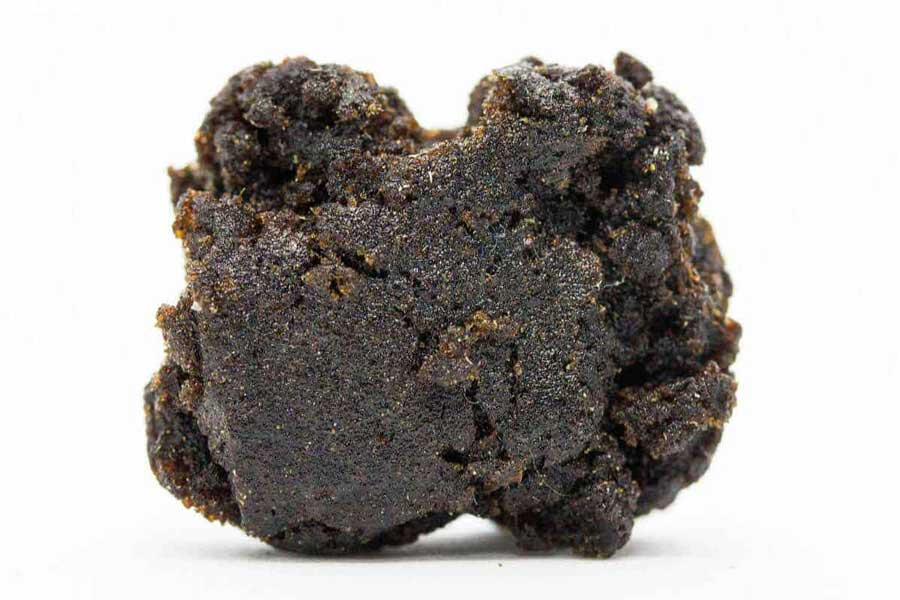
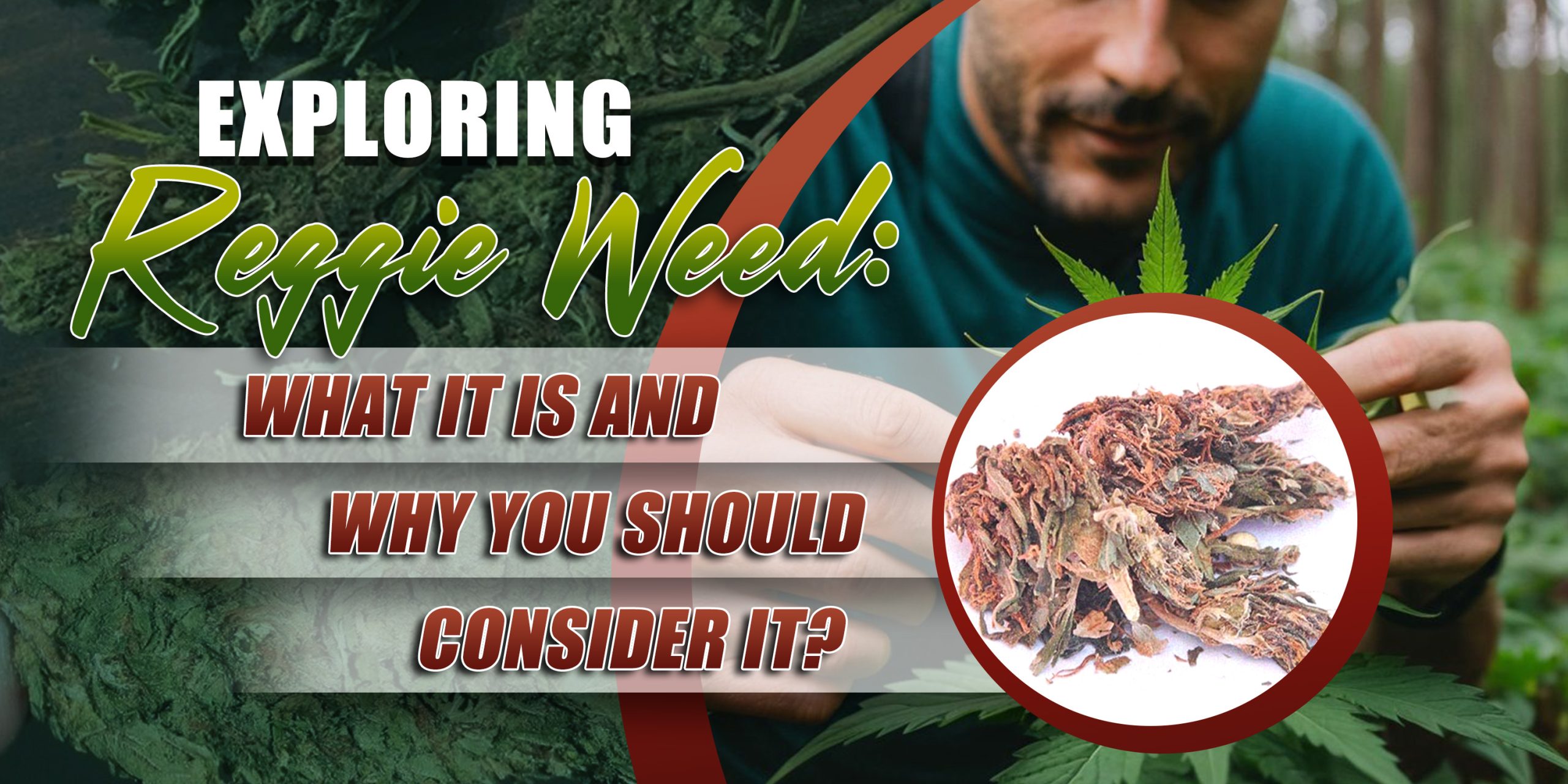
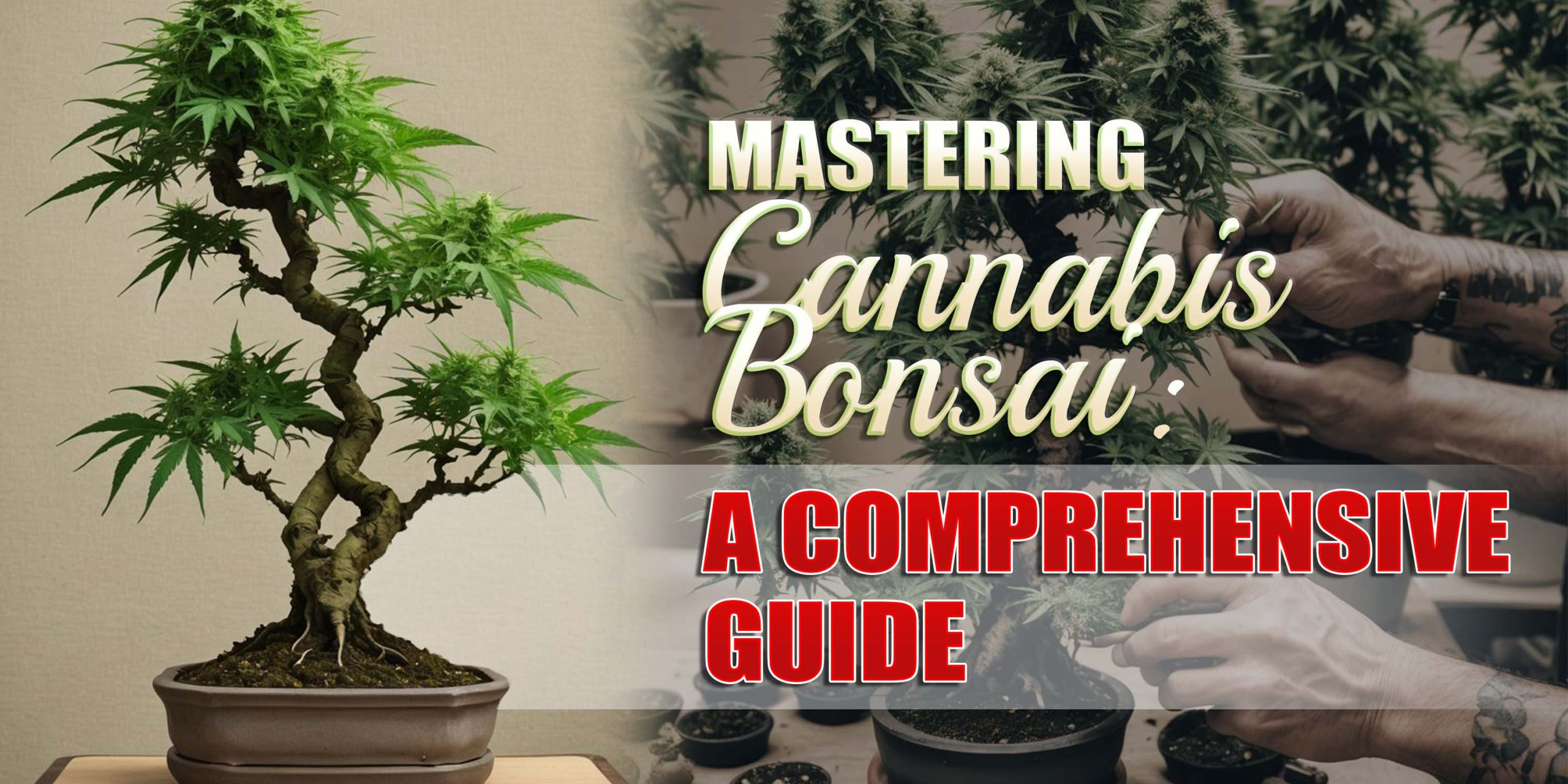
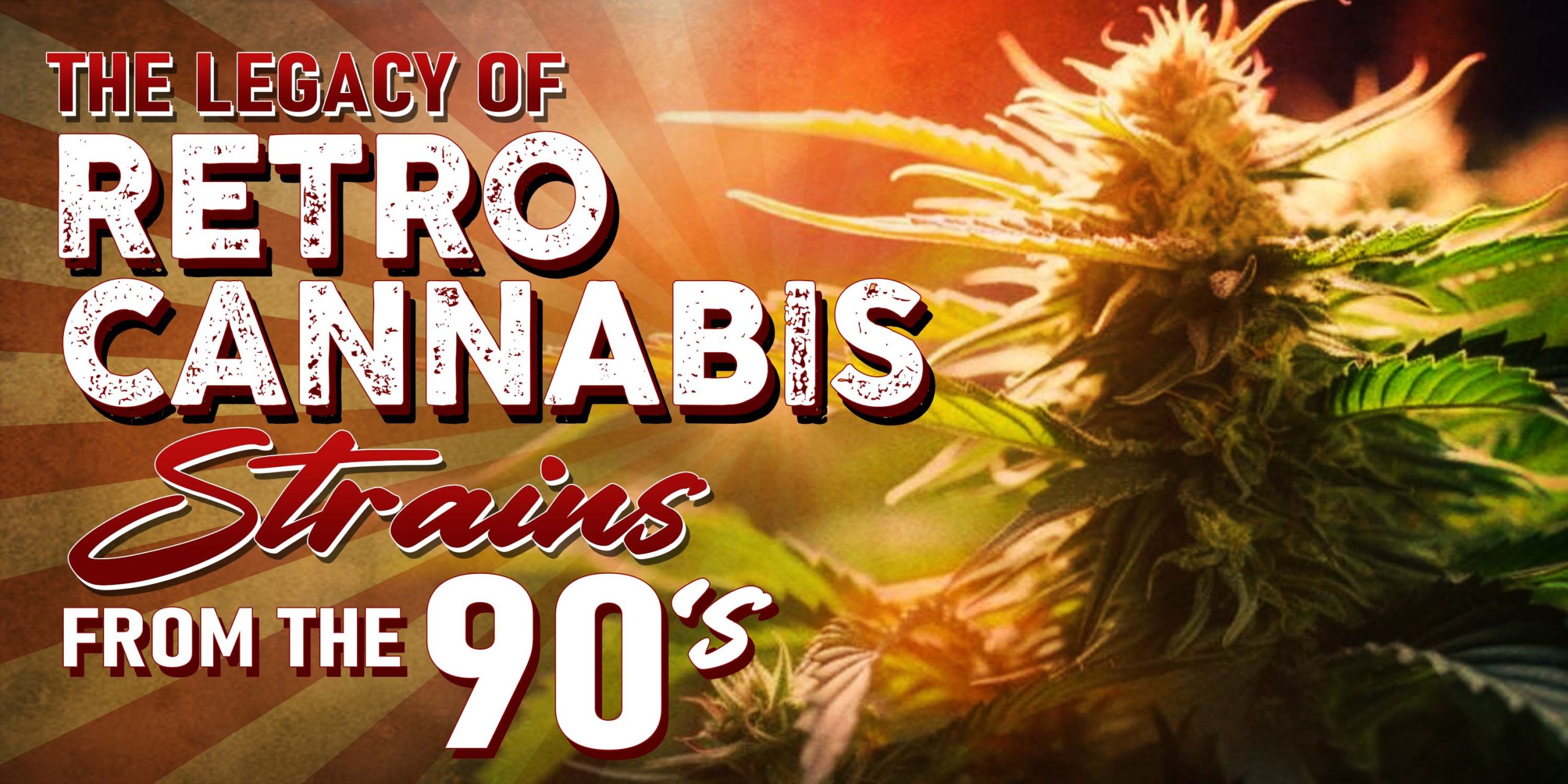

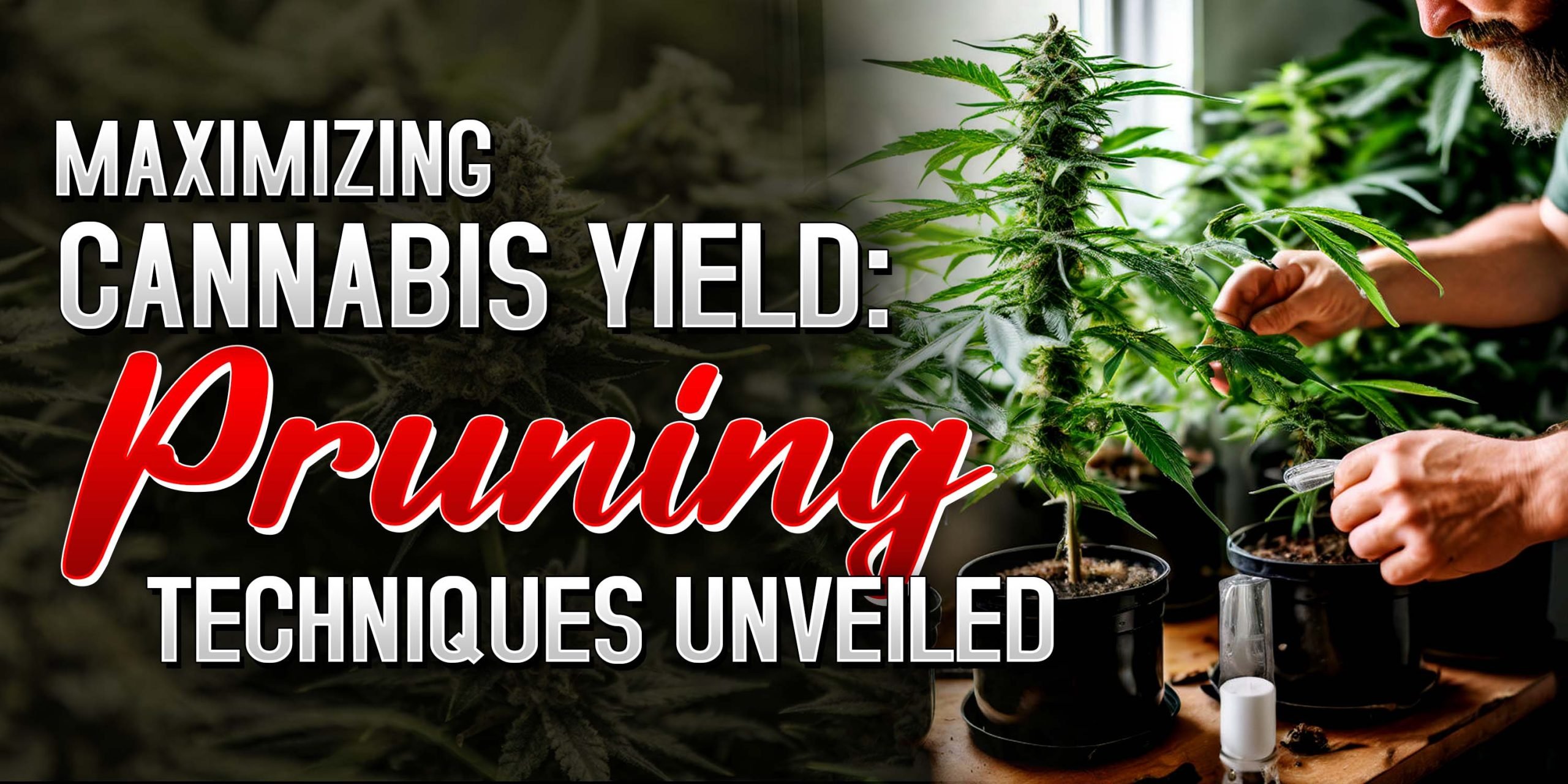
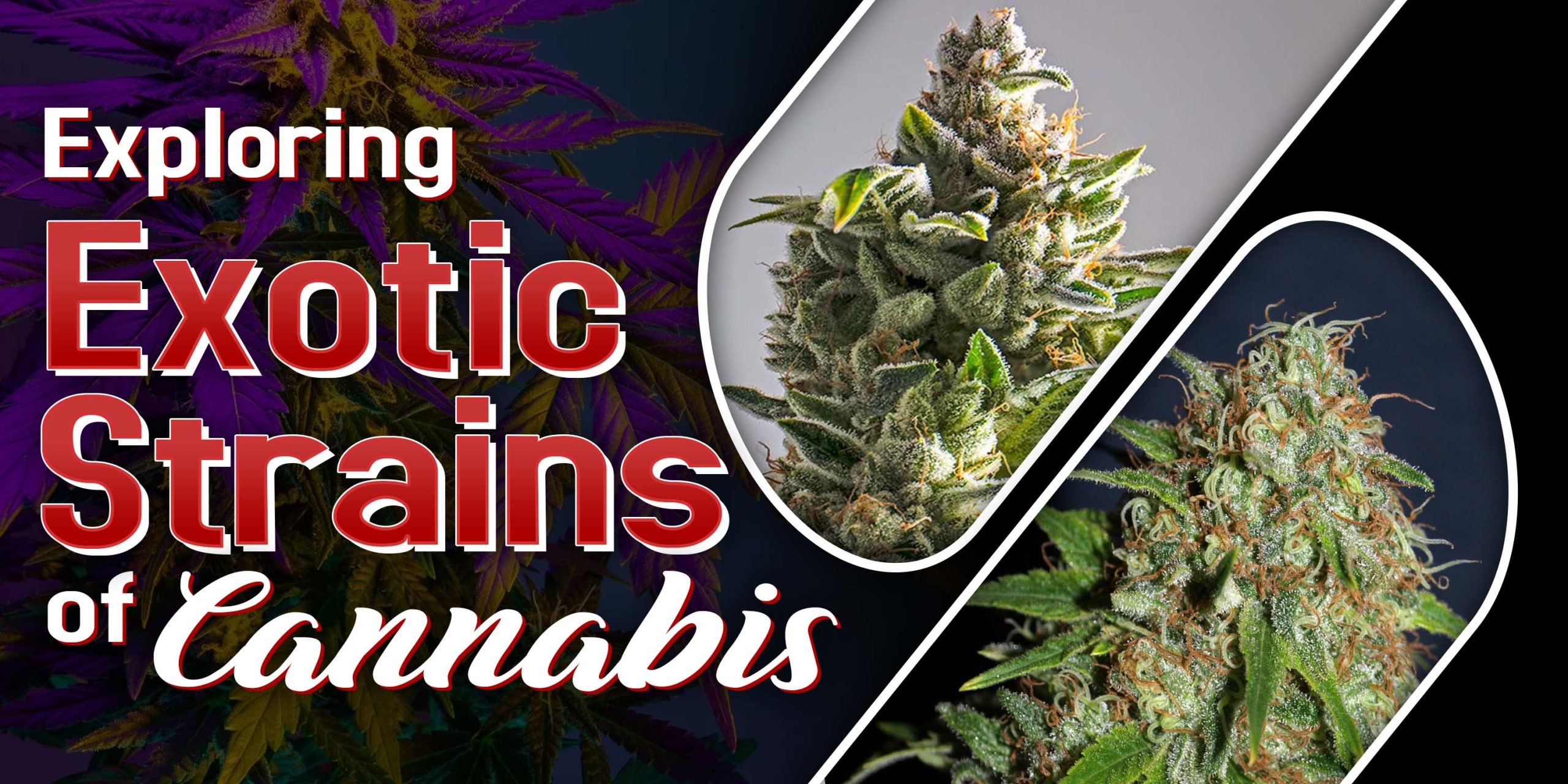







One Response
Alcool, methanol, filters…I call BS! I lived and made hash in morocco and TRADITIONNALLY its is not made as you describe. Every producer has his technique but hash and alcool do not mix to make real hash. There are multi morocccan hash videos …and none of them involve alcool. Dry seive put in a cellophane pack and pressed, thats all.